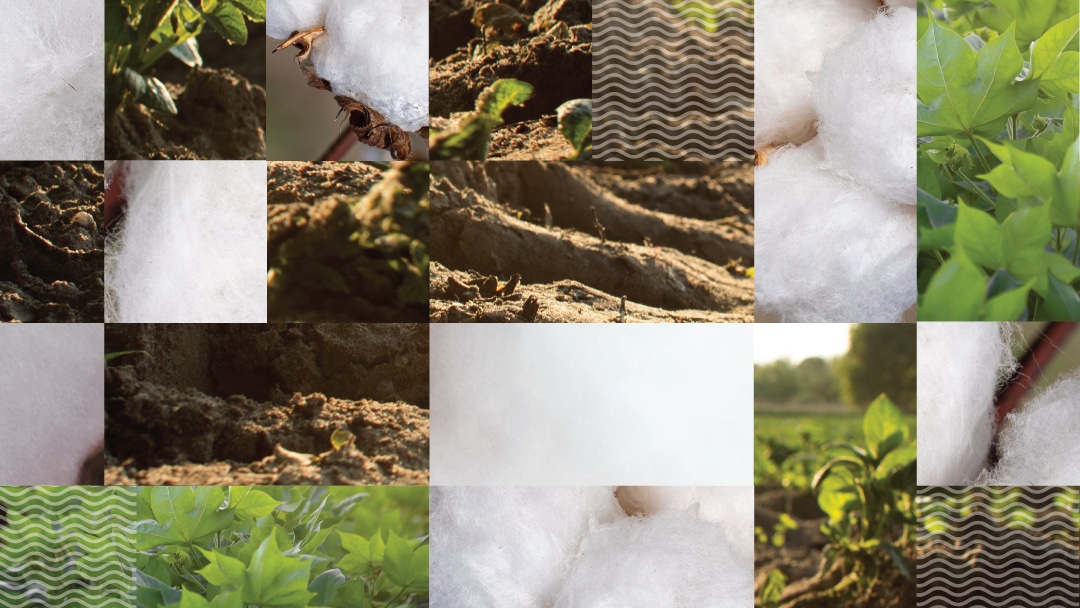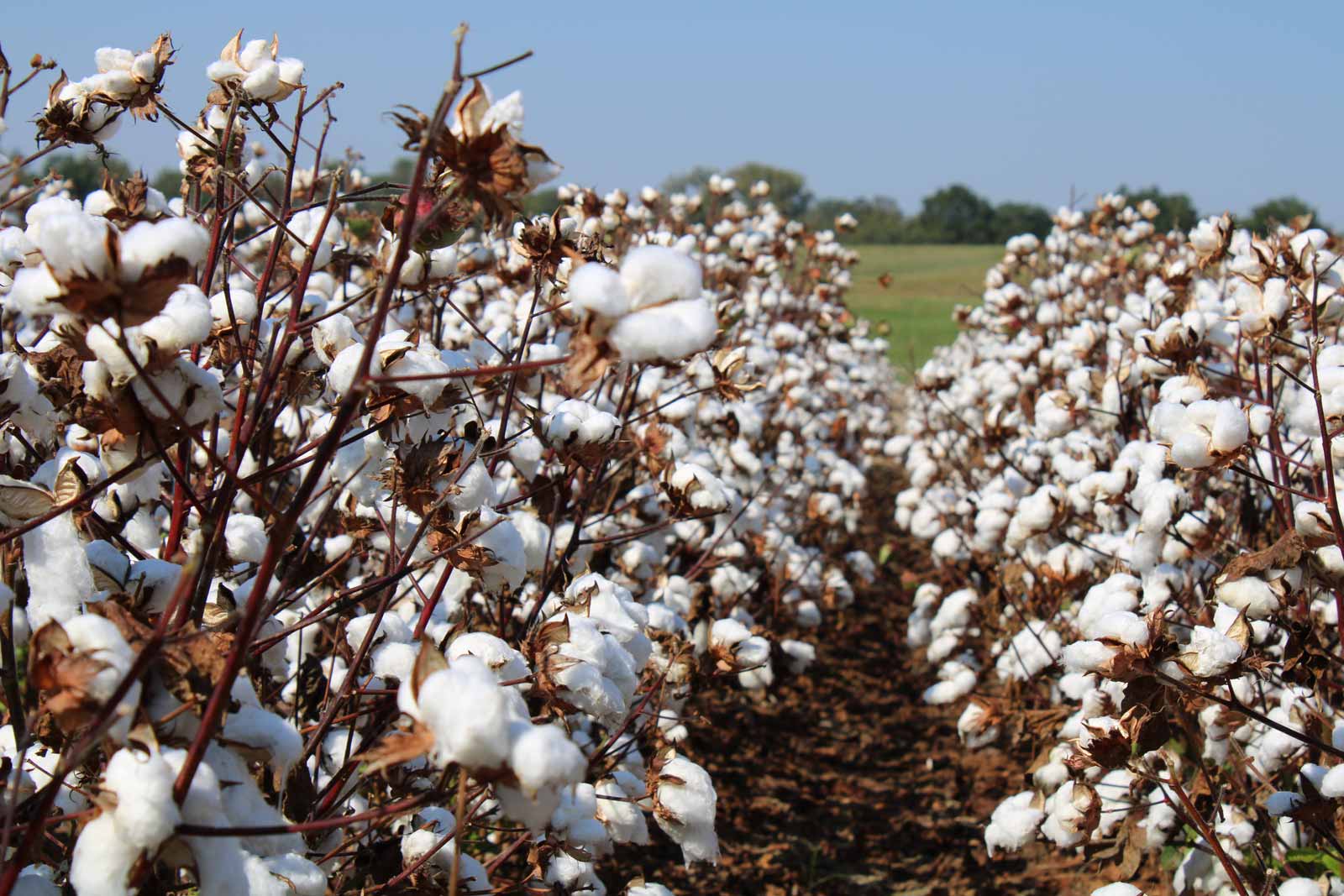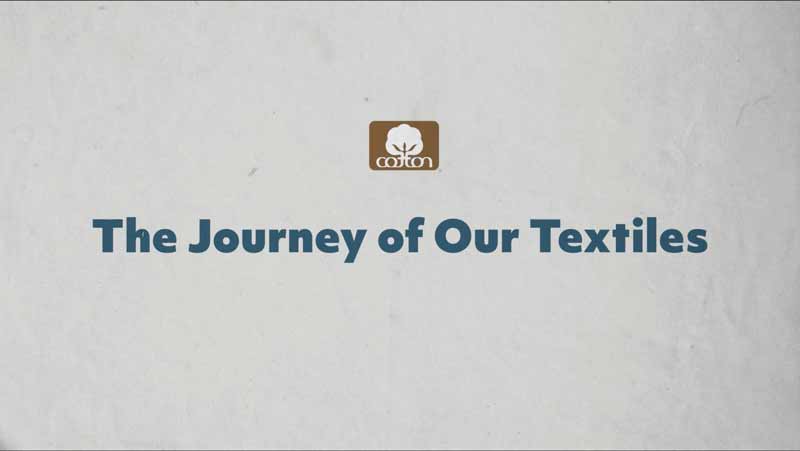with Mary Ankeny, Vice President of Product Development and Implementation Operations at Cotton Inc.
What does it mean for a fiber to be biodegradable? Why is biodegradability important?
Biodegradable materials are materials that are able to break down in a natural environment. They can be decomposed by living organisms. Mostly microorganisms such as bacteria and fungus. And it’s so important to be biodegradable because when a fiber is biodegradable like cotton that means it breaks down in a natural environment instead of persisting and potentially damaging the ecosystem.
How does cotton’s biodegradability compare to other fibers or materials?
As a plant, fiber, textile and more, cotton is naturally circular. It can be used in many ways, repurposed, or reused. It biodegrades naturally when it enters the environment. So, these characteristics set cotton far apart from synthetic fibers particularly those made from petrochemicals such as polyester which shed microplastics into the environment.
Adding to the significant and growing problem of pollution in the world’s ecosystems. There’s a growing body of evidence showing that cotton biodegrades in all natural environments. Whether in soil or wastewater, freshwater and saltwater conditions. Cotton microfibers biodegrade readily while polyester microfibers persist and do not biodegrade.
What is the difference between a microfiber and a microplastic?
Microplastics are exactly what they sound like. They are microscopic pieces of plastic. They can be either primary origin, which means they were physically produced that small. And are found in products we use such as microbeads or they can be of secondary origin, which means they break off of a larger piece of plastic. And these microplastics are less than 5 millimeters in length. Whether primary or secondary origin.
Microfibers are similar to microplastics except they break off of textiles typically due to abrasion. Microfibers can be synthetic such as polyester, natural like cotton, or man-made such as rayon.
Synthetic microfibers are a subset of microplastics. The problem. with microplastics has become so significant that these tiny particles are finding their way into our food and in for water. In fact, a recent study by the University of Newcastle shows that each of us consumes on average up to a credit cards worth of microplastics by weight each wek.



